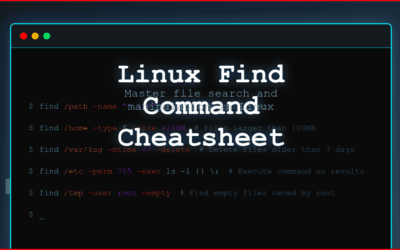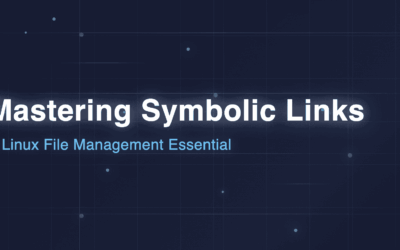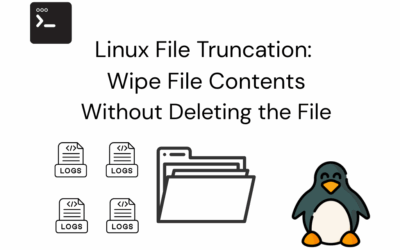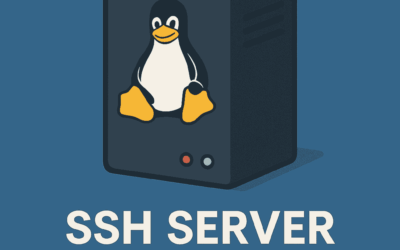What is the Shebang Line? The shebang line (also called hashbang or sharp-bang) is the character sequence #! followed by the path to an interpreter, placed at the very beginning of executable script files. It tells the system which interpreter to use when executing...
Sandbox99 Chronicles
From My Sandbox to Yours — Practical IT Insights.
Level Up Your Linux Skills: Find Command Reference
Introduction The find command is one of the most powerful and versatile tools in the Linux command line arsenal. It allows you to search for files and directories based on various criteria such as name, size, type, permissions, and modification time. Beyond just...
Mastering Symbolic Links: A Linux File Management Essential
Introduction Hook: Ever wondered how some files seem to exist in multiple places at once on your Linux system? Or how software can find its libraries even if they're moved, seemingly without breaking? Enter the humble, yet powerful, symbolic link! Often overlooked,...
Linux File Truncation: Wipe File Contents Without Deleting the File
Introduction Have you ever found yourself needing to clear the contents of a file in Linux, but without actually deleting the file itself? Perhaps a rapidly growing log file is eating up disk space, or you need to reset a temporary data file for an application without...
SSH Server Configuration Guide: From Defaults to Defense
Introduction If you've felt overwhelmed by the Ansible playbooks, Bash scripts, or Python snippets in my previous blogs—don’t worry. This time, we’re focusing solely on the sshd_config file for SSH hardening and configuration. No complex automation, just...
Hands-On Guide to Linux User and Group Management
🚀 Update your knowledge with this new Linux Blog PostManaging users and groups is a fundamental skill for anyone working with Linux — from sysadmins to DevOps engineers. In my latest post, I walk through the essential commands for adding, modifying, and deleting users...






